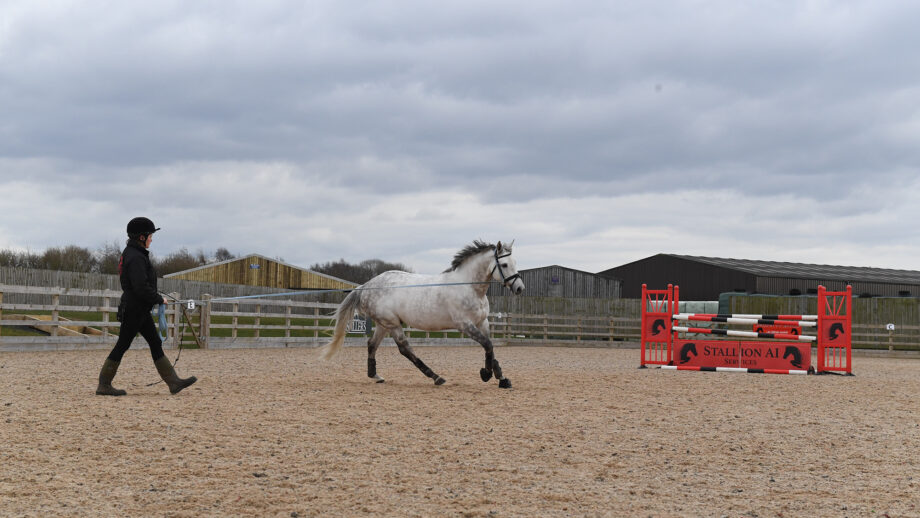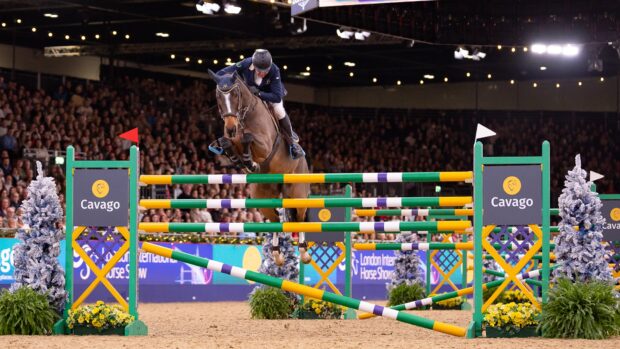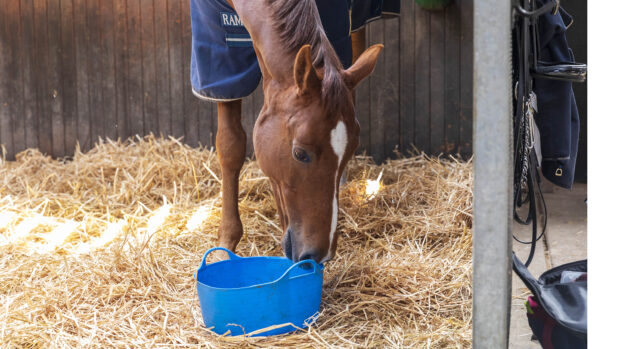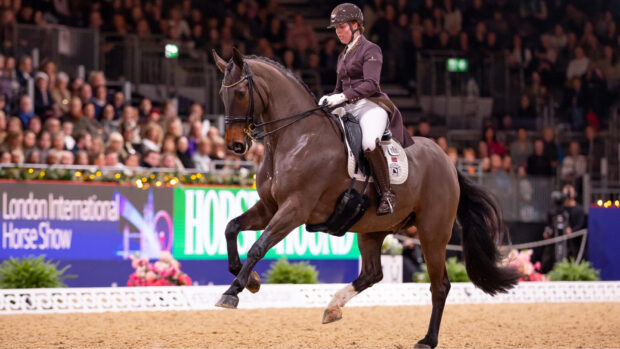Cloning horses is no longer the alien concept it once was. While still being far from being commonplace, this technology has developed beyond recognition over the past two decades, with cloning and cloned bloodlines now more accessible than ever to British breeders, and playing an important role in genetic preservation.
What is a clone?
A clone horse is a genetically identical replica of another horse, with no programmed changes to their DNA. The pair are genetic twins, but born at different times.
Horses are typically cloned in order to preserve their valuable bloodlines, often in cases where a superior or highly valuable horse has died or been gelded and therefore is unable to produce offspring. The science is also increasingly being used for the genetic preservation of rare and endangered breeds.
Is cloning horses legal?
Yes, although the rules around it vary between equestrian industries and studbooks. While cloning is prohibited in the thoroughbred industry, since 2012 the FEI has allowed the participation of clones and their progenies in equestrian sport.
How does cloning horses work?
Cloning horses involves a tissue sample being taken from the horse and the DNA-containing nucleus of a cell transferred into a recipient egg, or oocyte, which has had the DNA removed. This egg is then implanted into a recipient mare to be carried to term.
Cost of cloning a horse
The first step in the cloning process is preserving the cells, which costs £600+VAT via British company Gemini Genetics, along with a storage fee of £12+VAT per month until you are ready to proceed with the process. The next stage, in which the cells are cultured, costs around £1,400+VAT with Gemini Genetics.
When it comes to the actual cloning procedure, the cost is much more. It varies per species, but expect to pay in the region of $85,000 to clone a horse with Gemini Genetics’ partner company, leading USA-based cloning company ViaGen.
Is it possible to clone a horse that has died?
Yes, but you have to move fast – time is of the essence in a post-mortem situation. Tissue samples must be taken by a vet after a horse has died and Gemini Genetics states that the maximum length of time it can accept the biopsy samples is five days post mortem, as long as the animal has been kept in optimal conditions during this time (approximately 4 degrees). The chances of successful preservation decreases with every day the horse has been deceased. They offer instructions for taking samples in an emergency.
Famous cloned horses
There are now several examples of top horses who have been cloned. The double Olympic silver medal-winning showjumper Gem Twist (Good Twist x Noble Jay) has two clones: Gemini CL, born in 2008, whose progeny include the top-level showjumpers H5 Ganesh Hero Z and Next Twist Van’t Ruytershof, and Murka’s Gem, born in 2011, stands at Stallion AI Services in Shropshire and his offspring include a licensed son Lisbrogen Gem Twist.
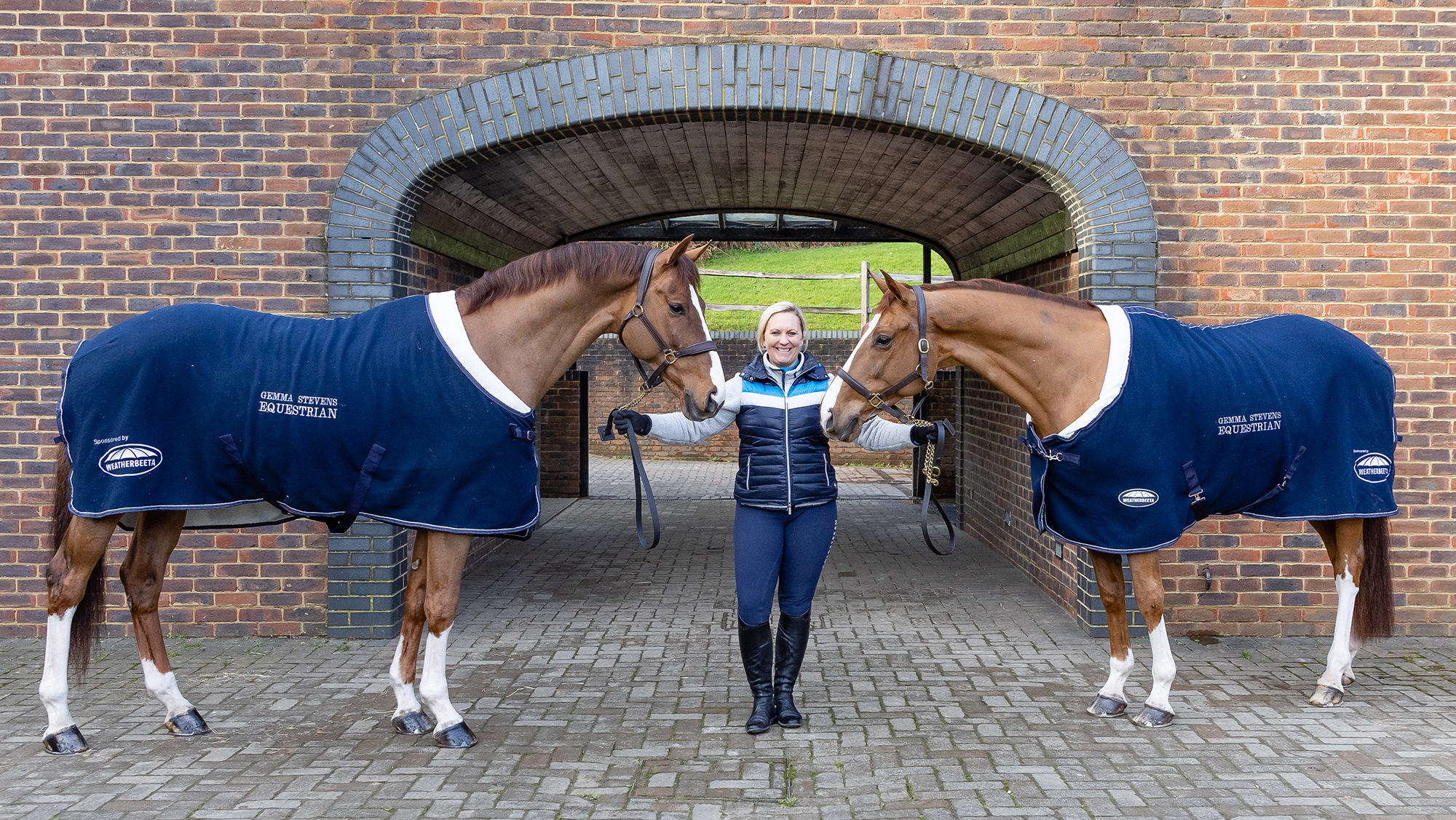
Chilli Morning III and Chilli Morning IV with Gemma Stevens. Credit: Elli Birch/Boots and Hooves
The top Olympic eventing stallion Chilli Morning has three clones on the ground, known as Deuce, Tres and Quattro and officially registered as Chilli Morning II, III and IV. Chilli Morning IV (Quattro) is ridden by Gemma Stevens (née Tattersall), Chilli Morning III (Trey) is piloted by Cheshire-based Chinese rider Alex Hua Tian and Chilli Morning II (Deuce) by German Olympic champion Julia Krajewski.
The Chilli clones hit the headlines when Deuce and Quattro scored the same dressage mark at the seven-year-old World Championships in 2024, with Quattro going on to win the competition and Deuce finishing sixth. Quattro continued his success in 2025, stepping up to four-star and finishing eighth in the eight- and nine-year-old class at Blenheim Horse Trials.
Another of William Fox-Pitt’s Olympic partners Tamarillo has also been cloned; Tomatillo was born in 2013, and has competed up to four-star level with Aaron Millar.

Aaron Millar and the now-10-year-old Tamarillo clone Tomatillo in action at Hartpury International Horse Trials in 2022. Credit: Benjamin Clark Photography
The famous Irish stallion Cruising has also been cloned; Cruising Arish and Cruising Encore were born in 2012. Both have showjumped and they stand at Hartwell Stud, with several offspring on the ground between them.
A clone of Nick Skelton’s prolific showjumping partner Arko III was also born in 2021, seven months following the death of Arko himself.
Charly Van Ter Heiden, who won Luhmühlen Horse Trials in 2021 with Mollie Summerland, has also been cloned.
Do cloned horses look exactly like the original?
Although clones are genetic replicas, they do not tend to look identical to the original horse. The most obvious difference is often a variation in markings. White markings are not driven by genetics, but due to random migration of white cells during foetal development. This means that the shape and positioning of white markings is likely to differ between the original horse and its clones.
Do cloned horses have the same personalities?
Horses’ personalities are influenced by their environment as much as their genetics, meaning the personalities of clones can vary compared to that of the original horse. According to the team at ViaGen, though, clients always report that their clones remind them of the original animal’s personality, even if they are not exactly alike.
Is it possible to clone a cloned horse?
Yes it is possible – a clone is a normal animal, so the procedure is the same – and several clones have been produced from other clones, usually in cases where people wish to continue just one line.
Can I clone my dog (or cat)?
Yes – ViaGen works with cloning pets (dogs and cats) as well as horses. The process is broadly the same, although the costs differ – expect to pay in the region of $50,000 (£38,000) to clone a dog with ViaGen, in addition to the costs involved for cell preservation and storage via Gemini Genetics.
- To stay up to date with all the breaking news from major shows throughout 2025, subscribe to the Horse & Hound website
You may also be interested in:

How much does it cost to breed a horse?

Embryo transfer in horses: how it works and what it costs

‘He is wonderful across country – like he’s done it all before’: meet Chilli Morning’s three clones
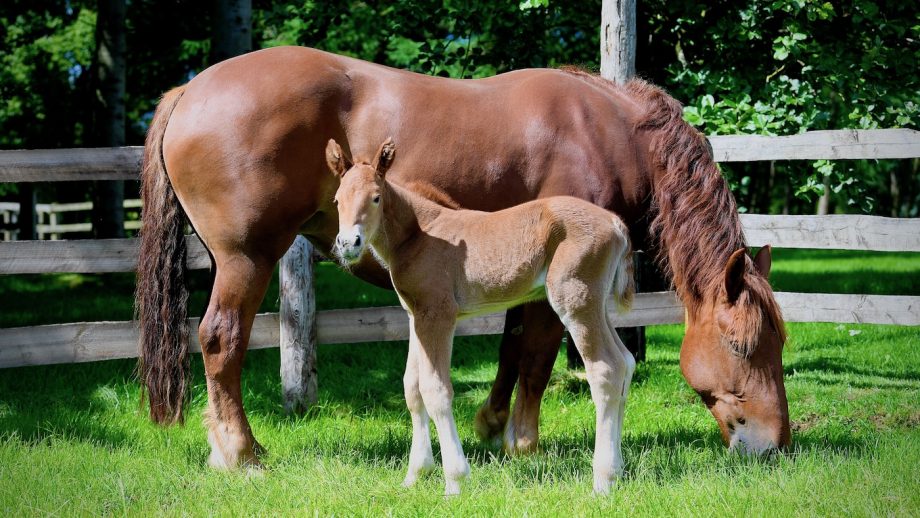
Your breed needs you: push to save our rare horses *H&H Plus*

Subscribe to Horse & Hound magazine today – and enjoy unlimited website access all year round

